Aso Flower Calendar
It is said that approximately 1,600 types of plants grow at Aso. The grasslands are a treasure house of wild flowers, and those where a particularly wide variety of flowers bloom are called hanano (fields full of flowers). From early April to around November, the grasslands are colored by the diverse flowers which signal the changing seasons.
Colonies That Can Be Seen Year-Round
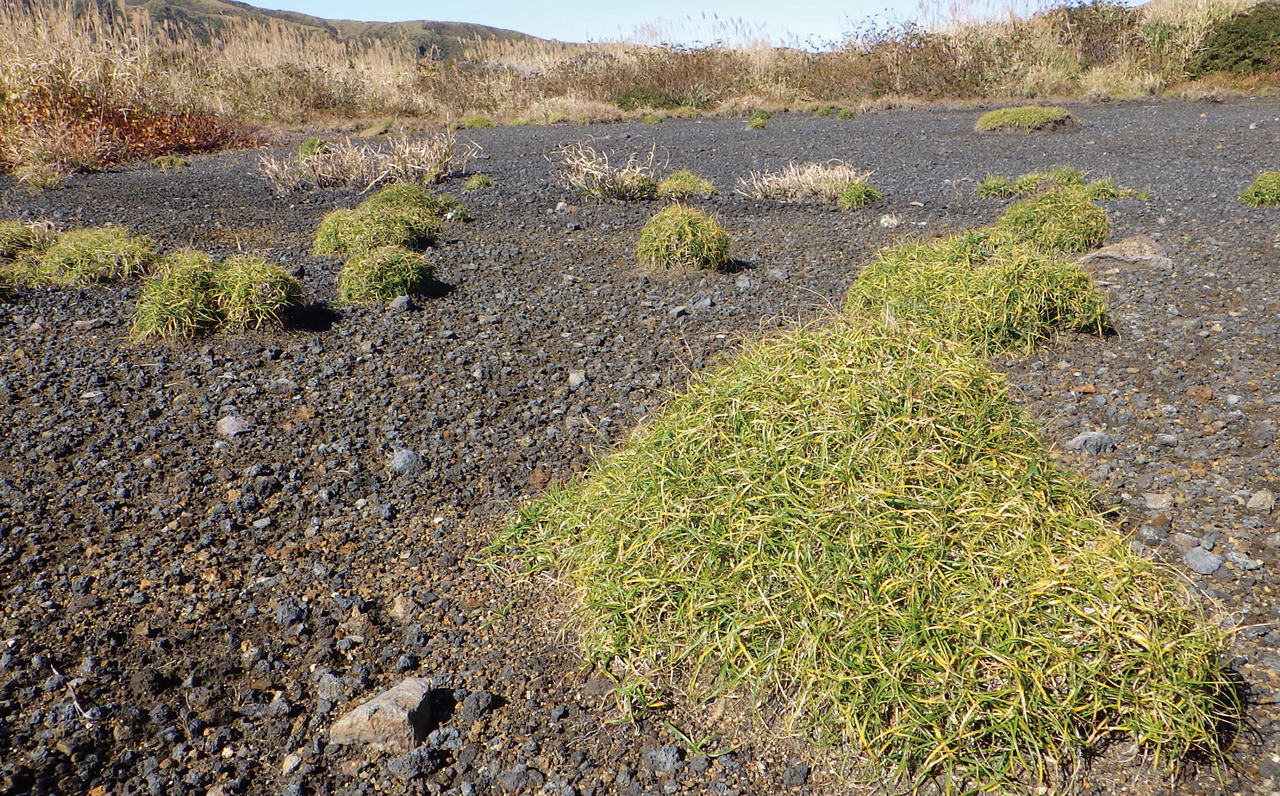
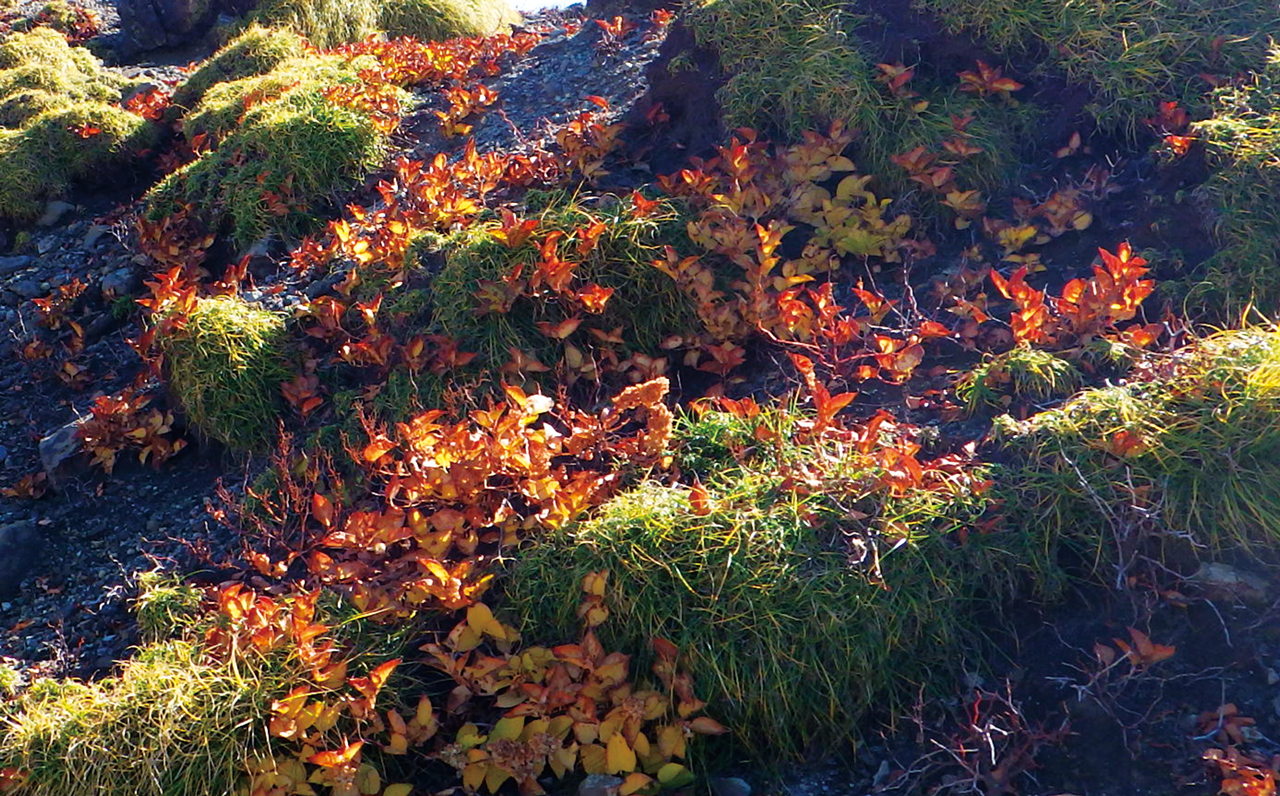
Flowers That Blossom in Spring
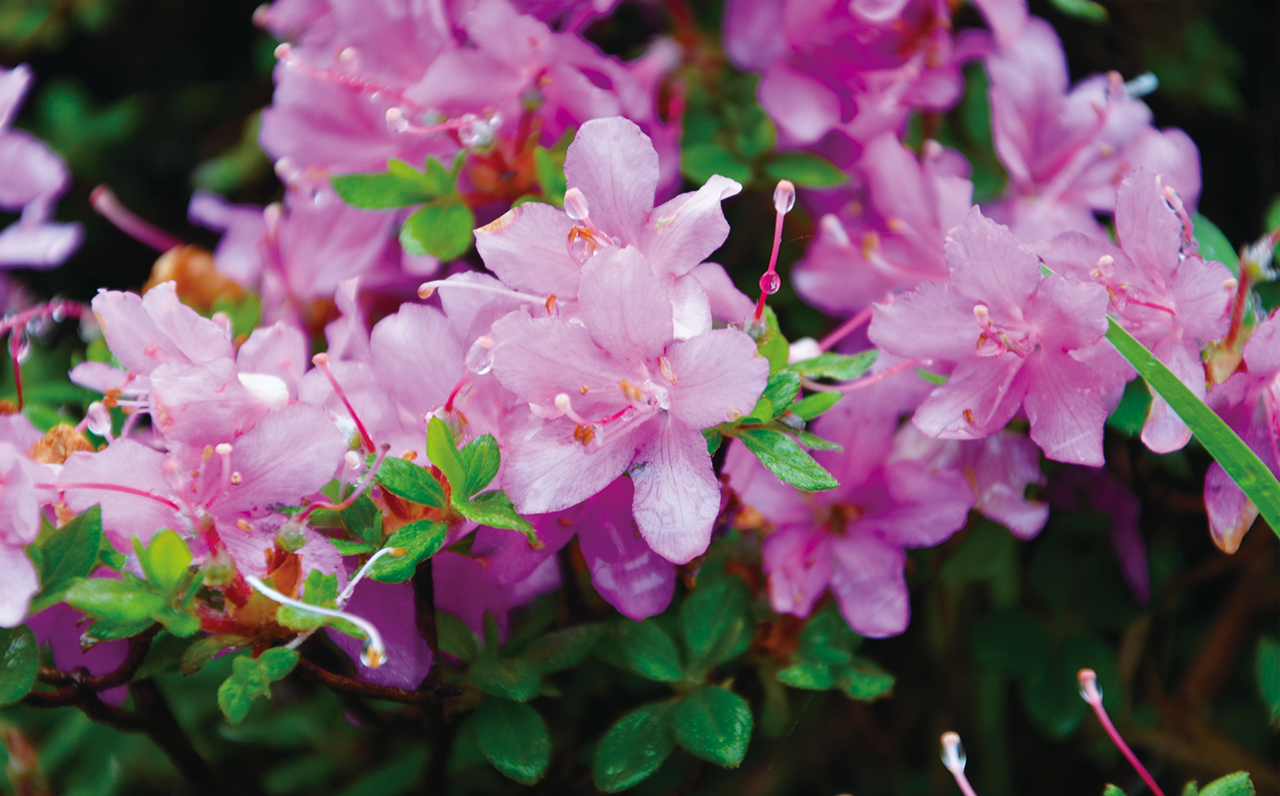
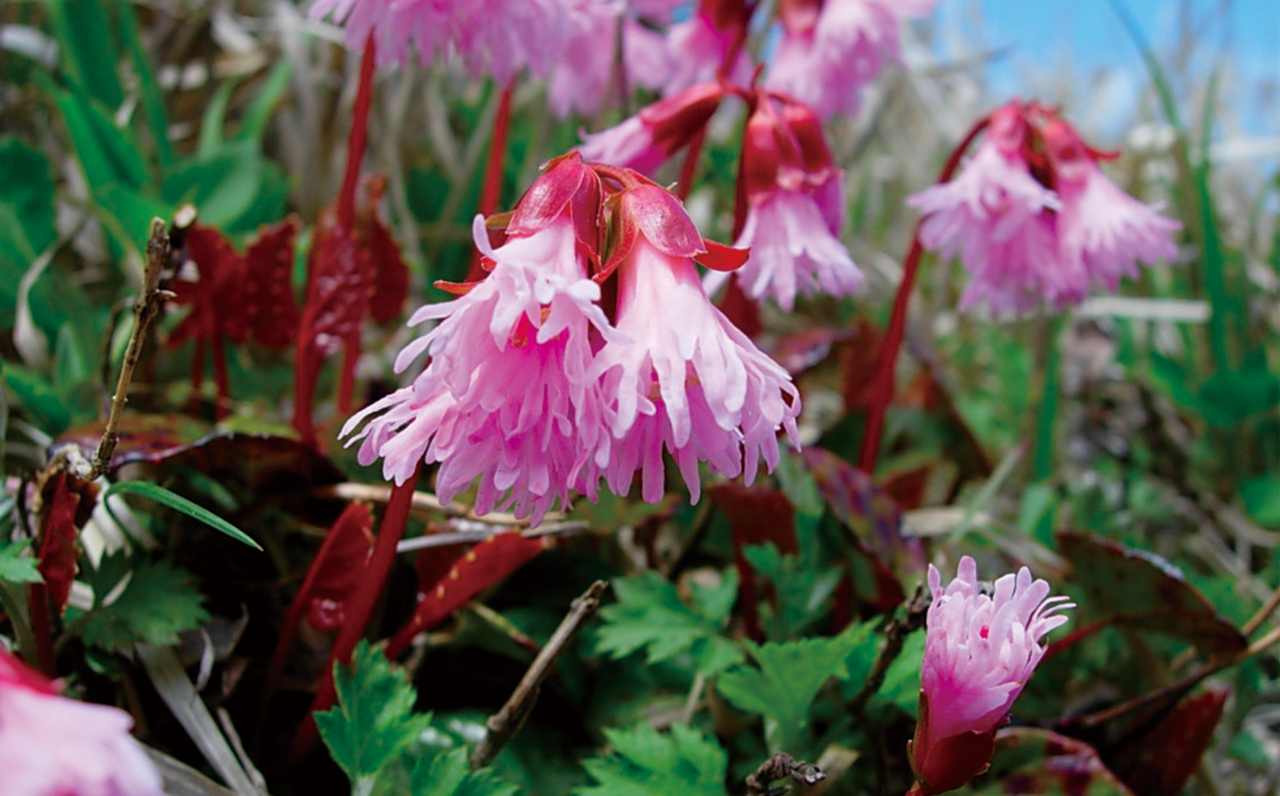
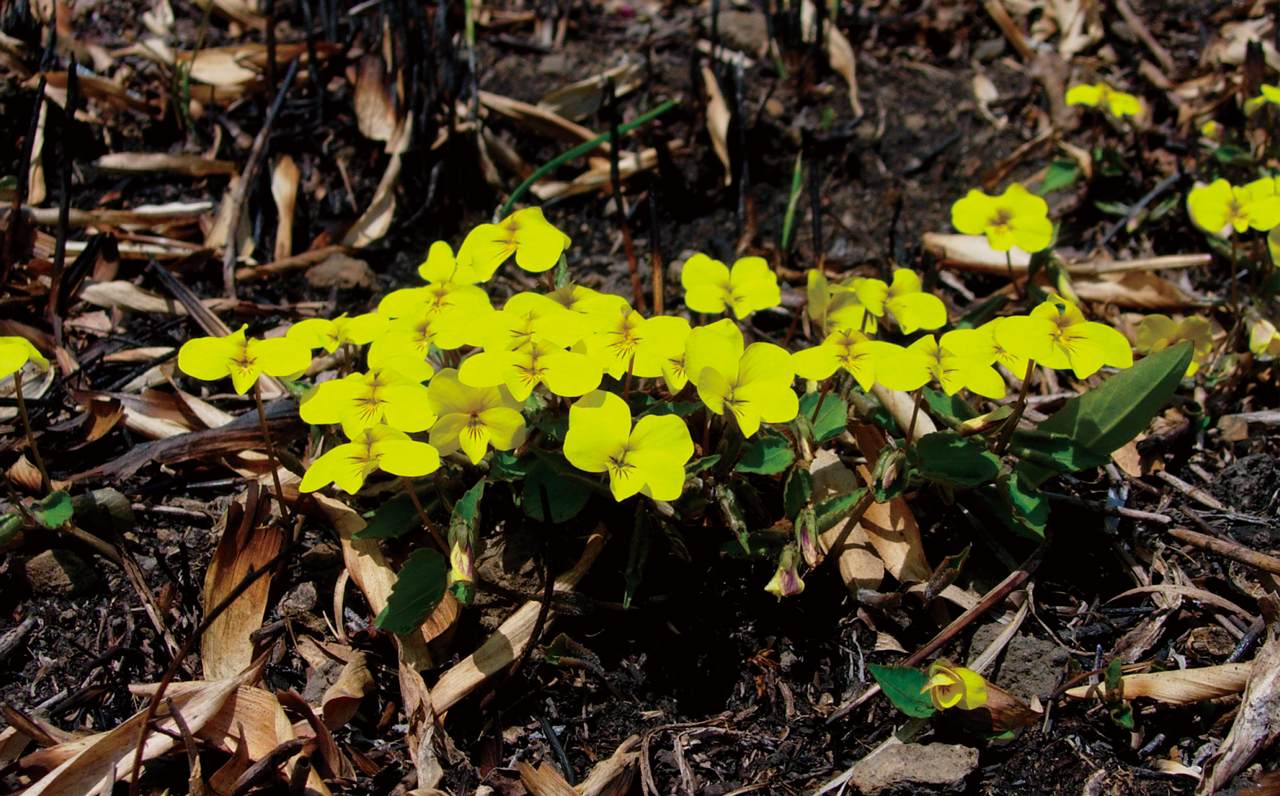
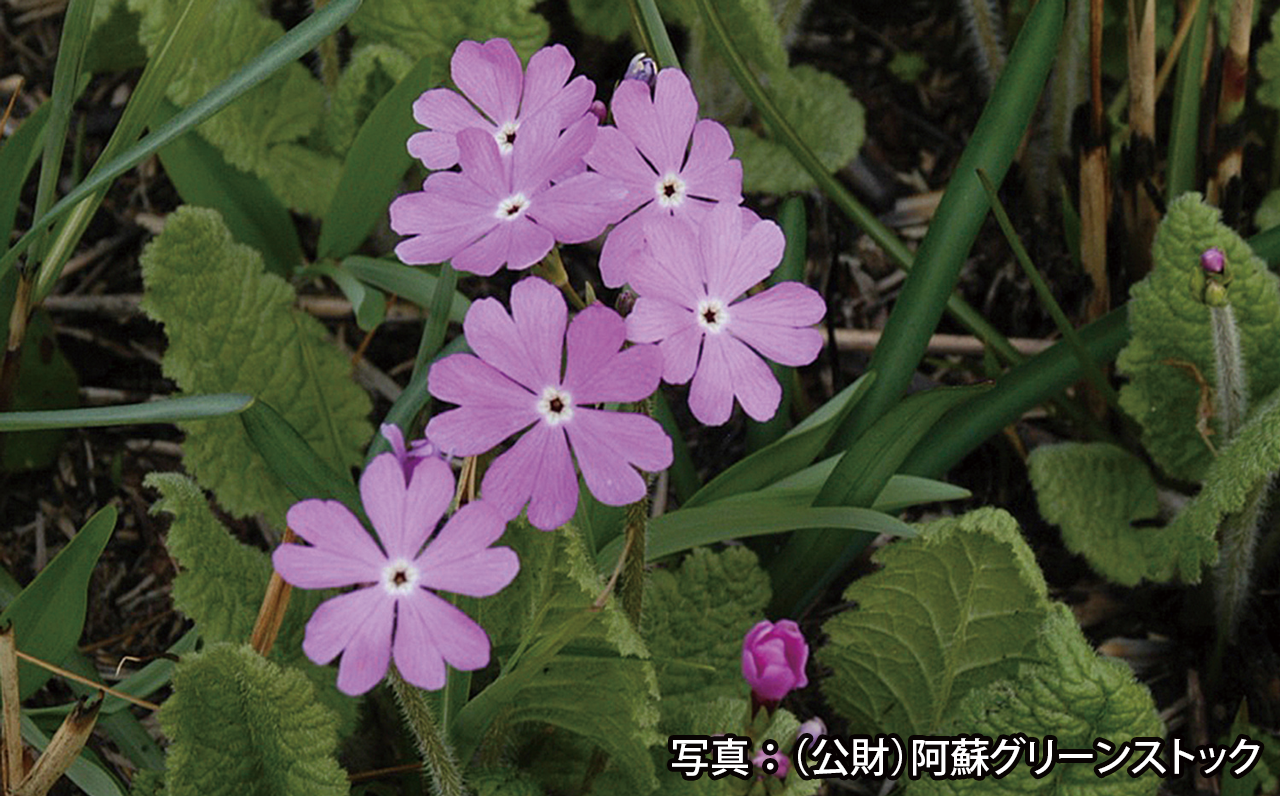
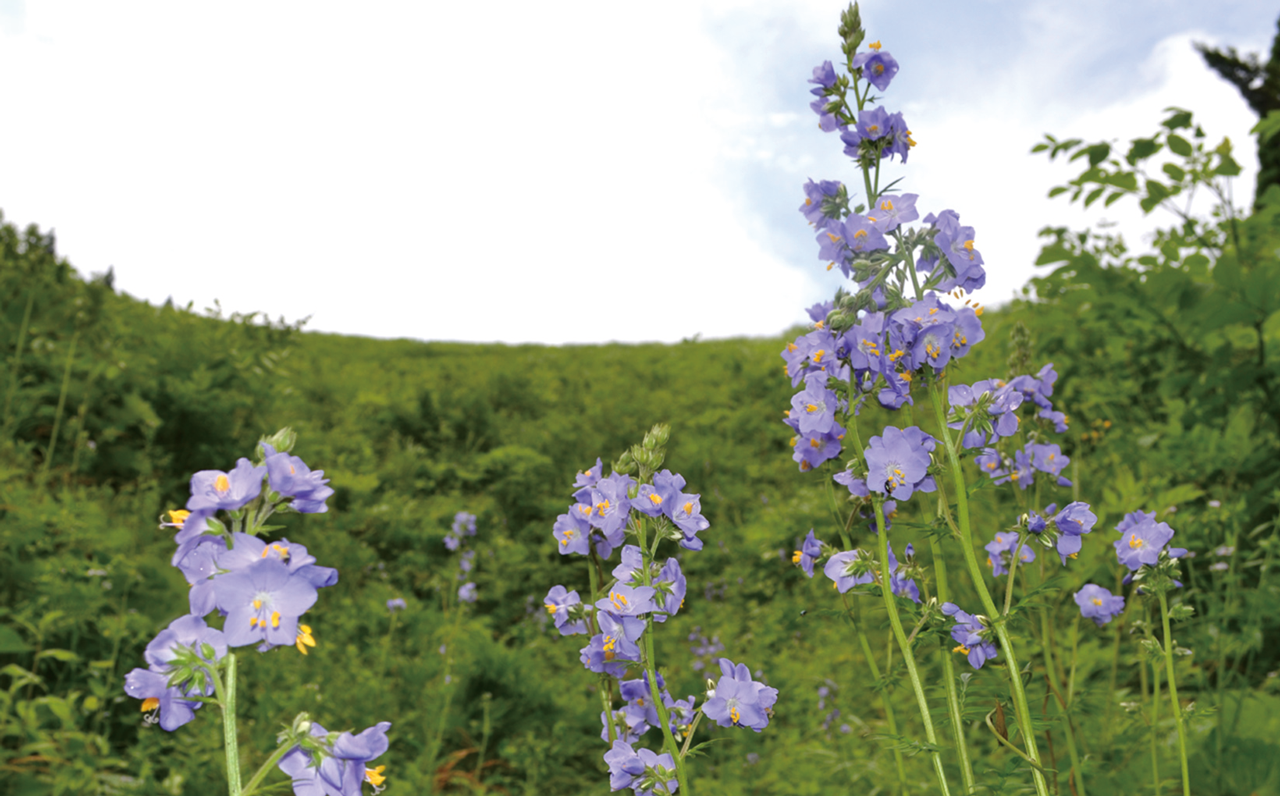
Flowers That Blossom in Summer
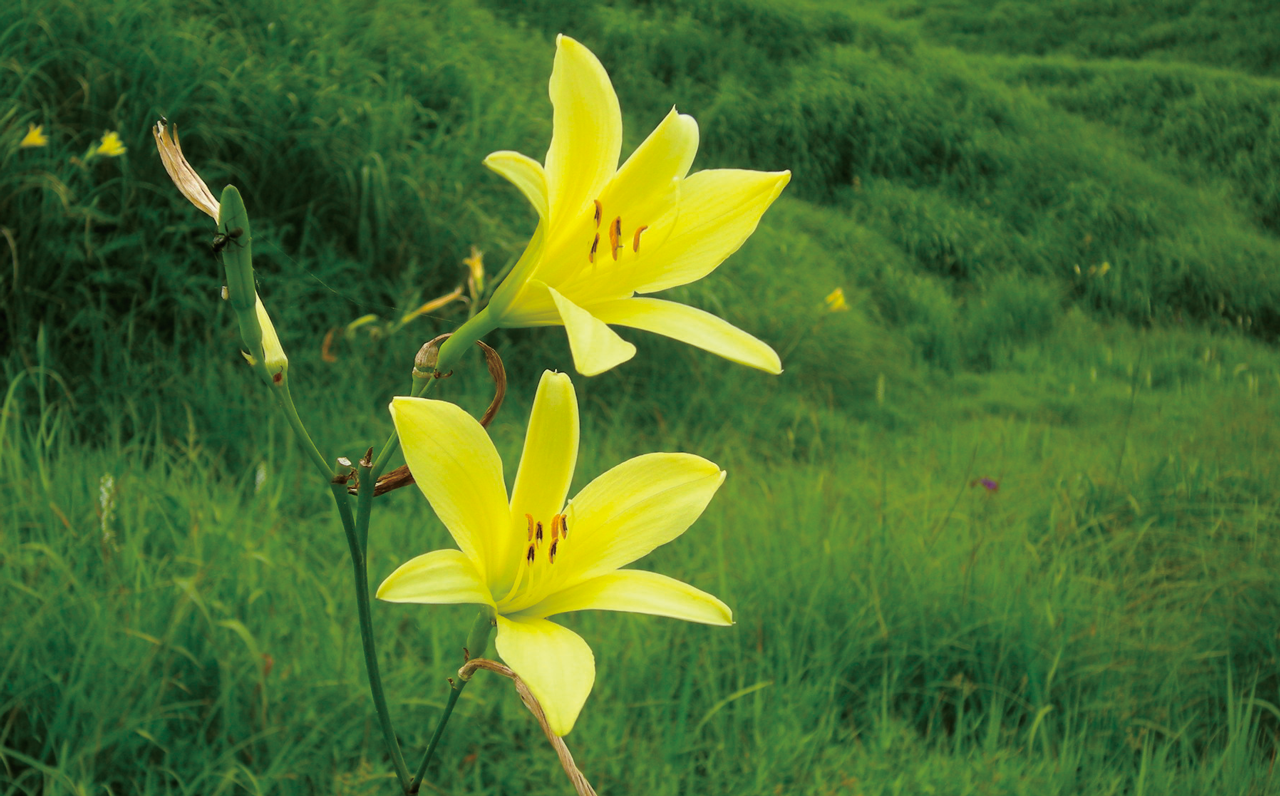
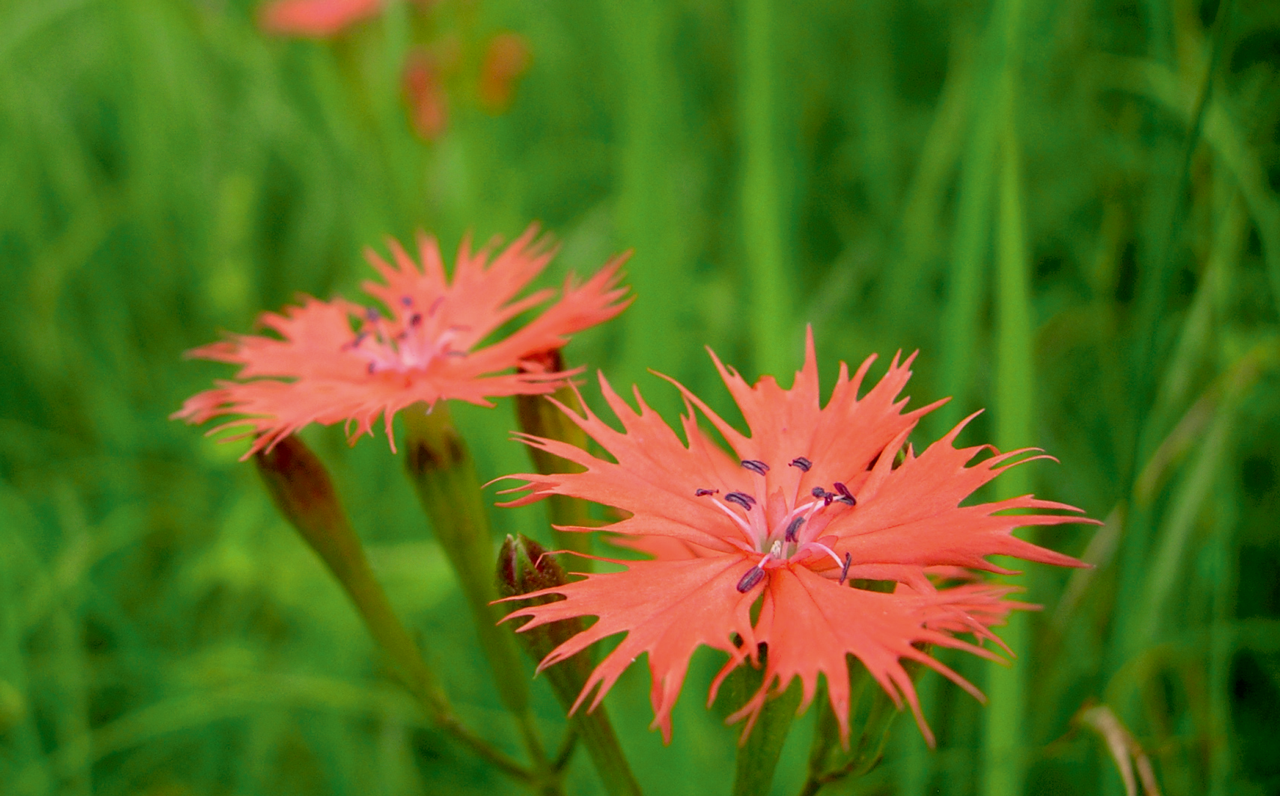
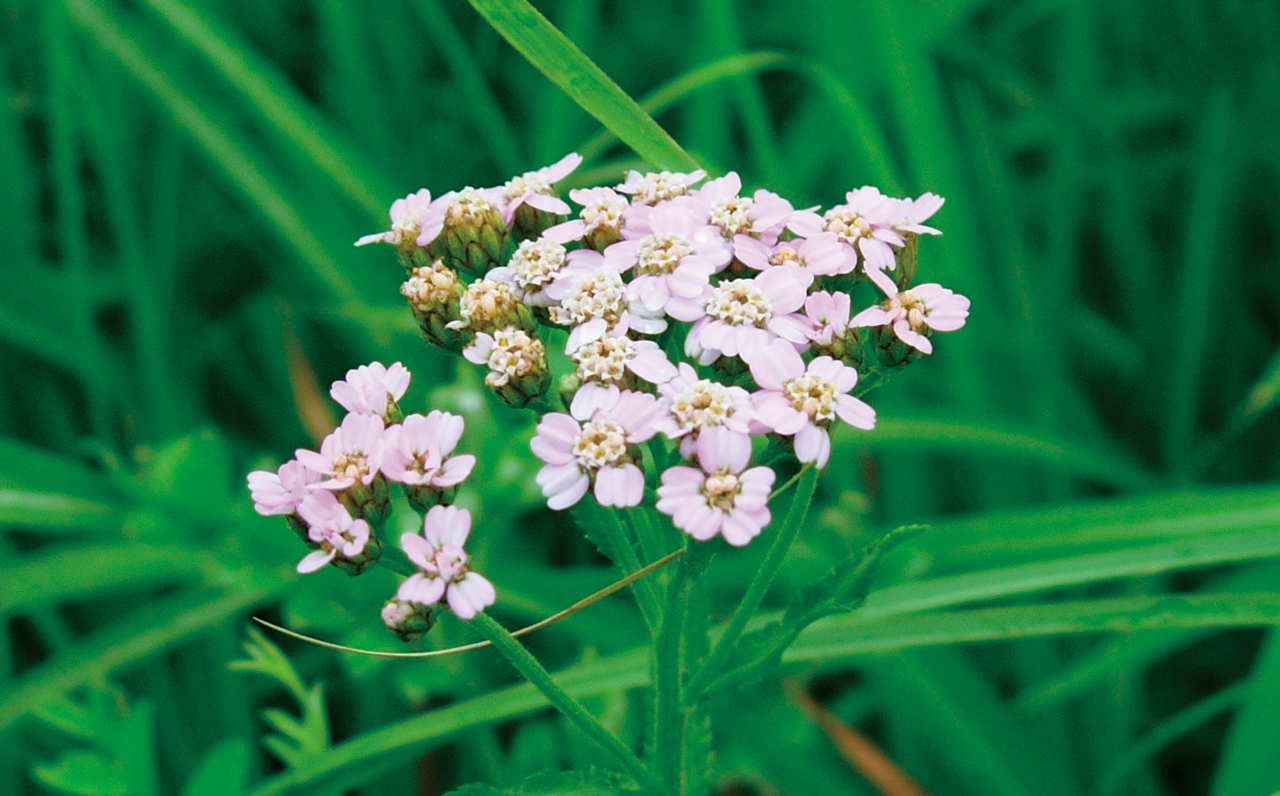
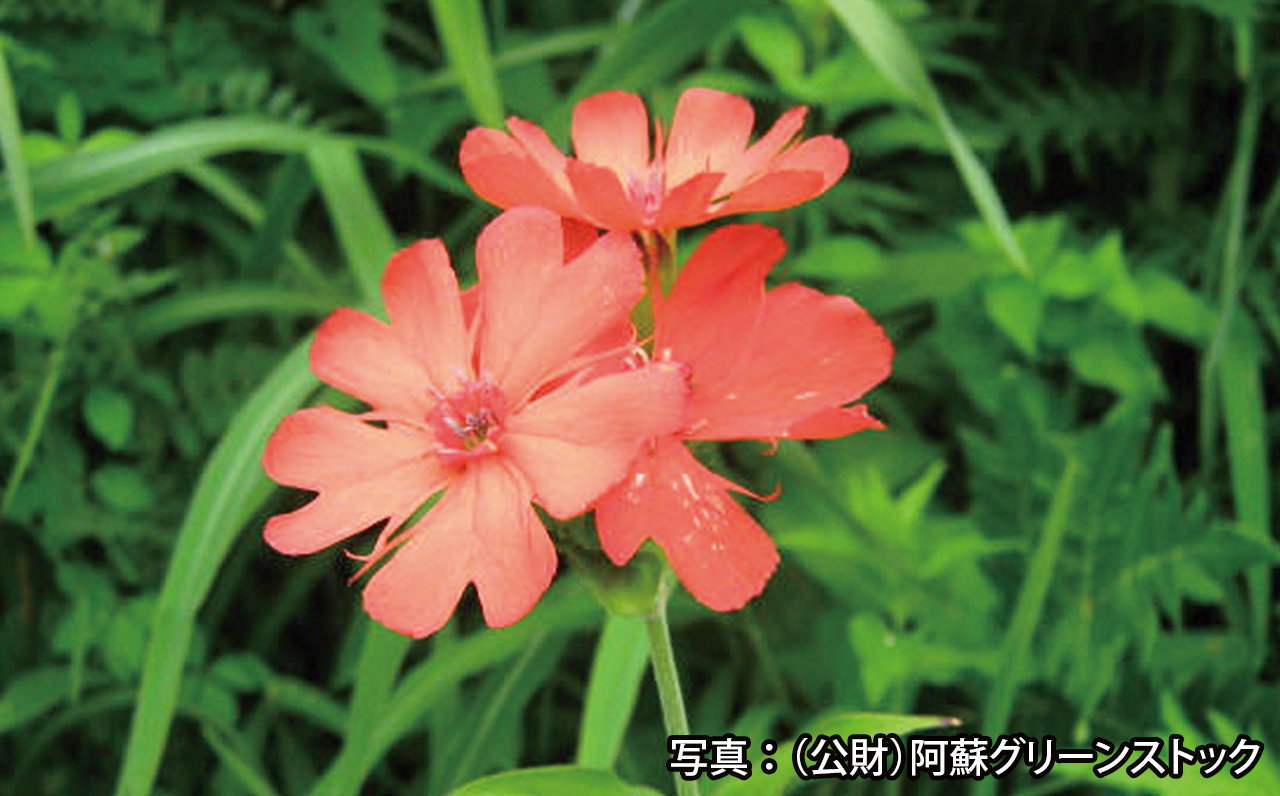
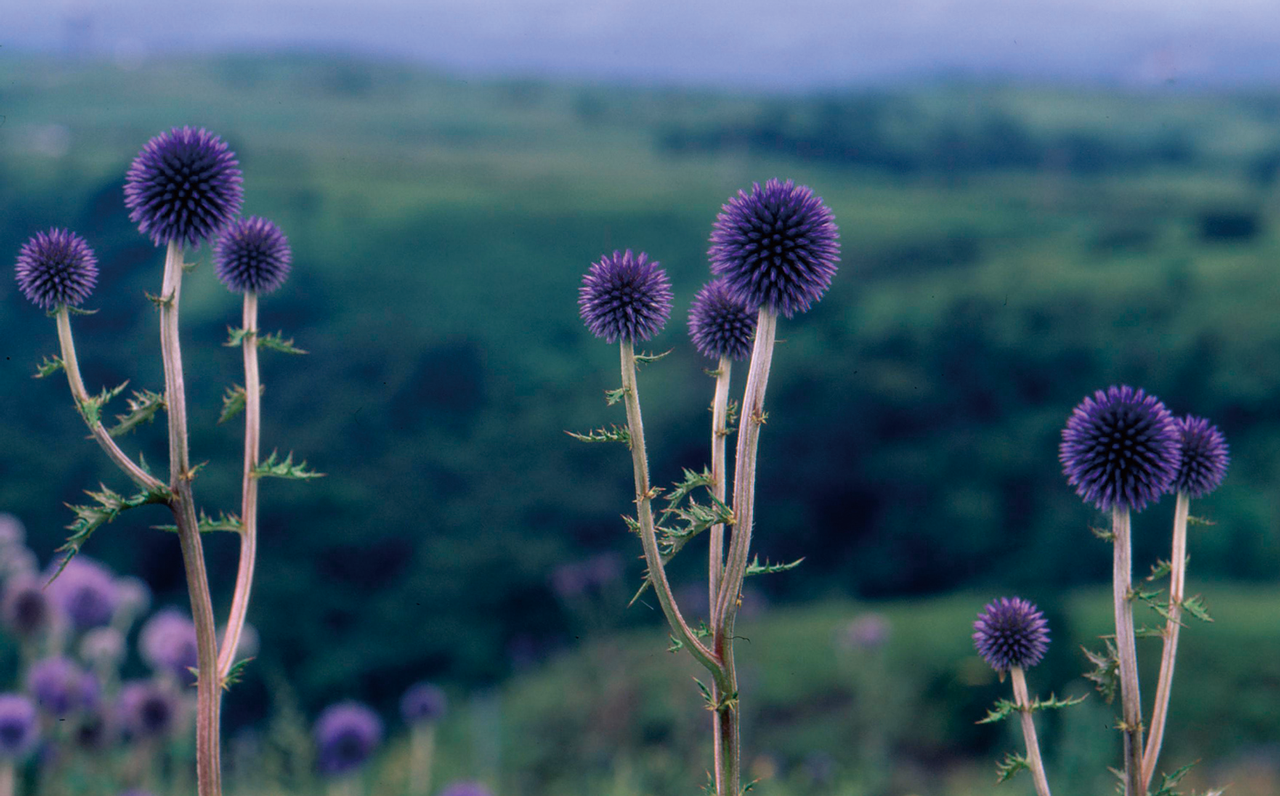
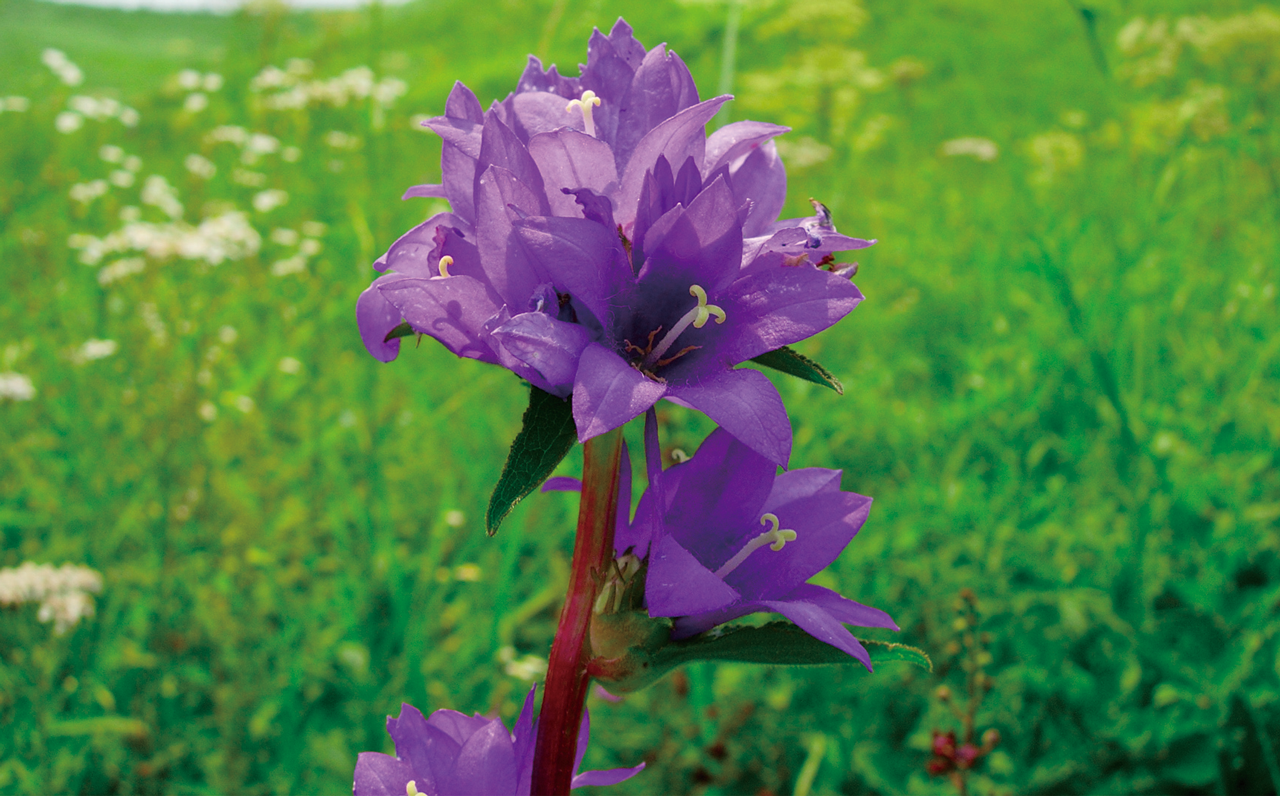
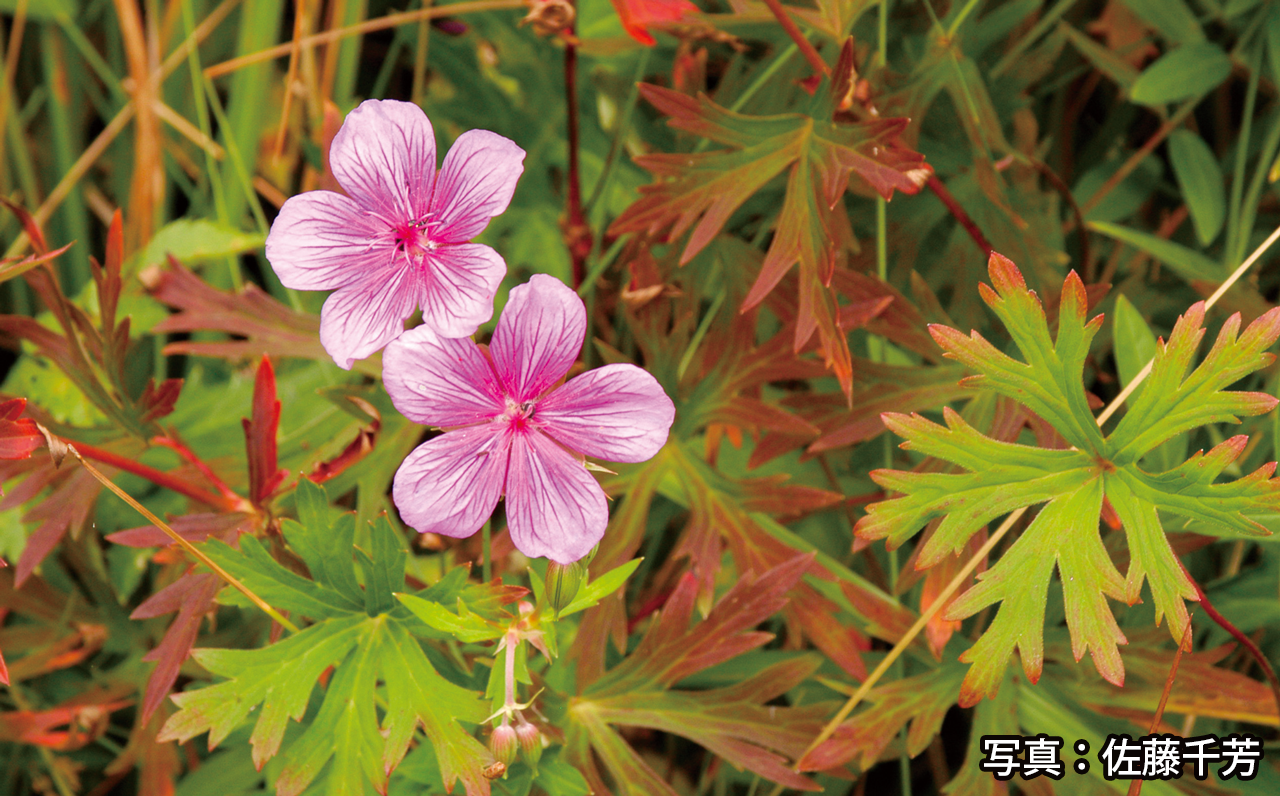
Flowers That Blossom in Fall
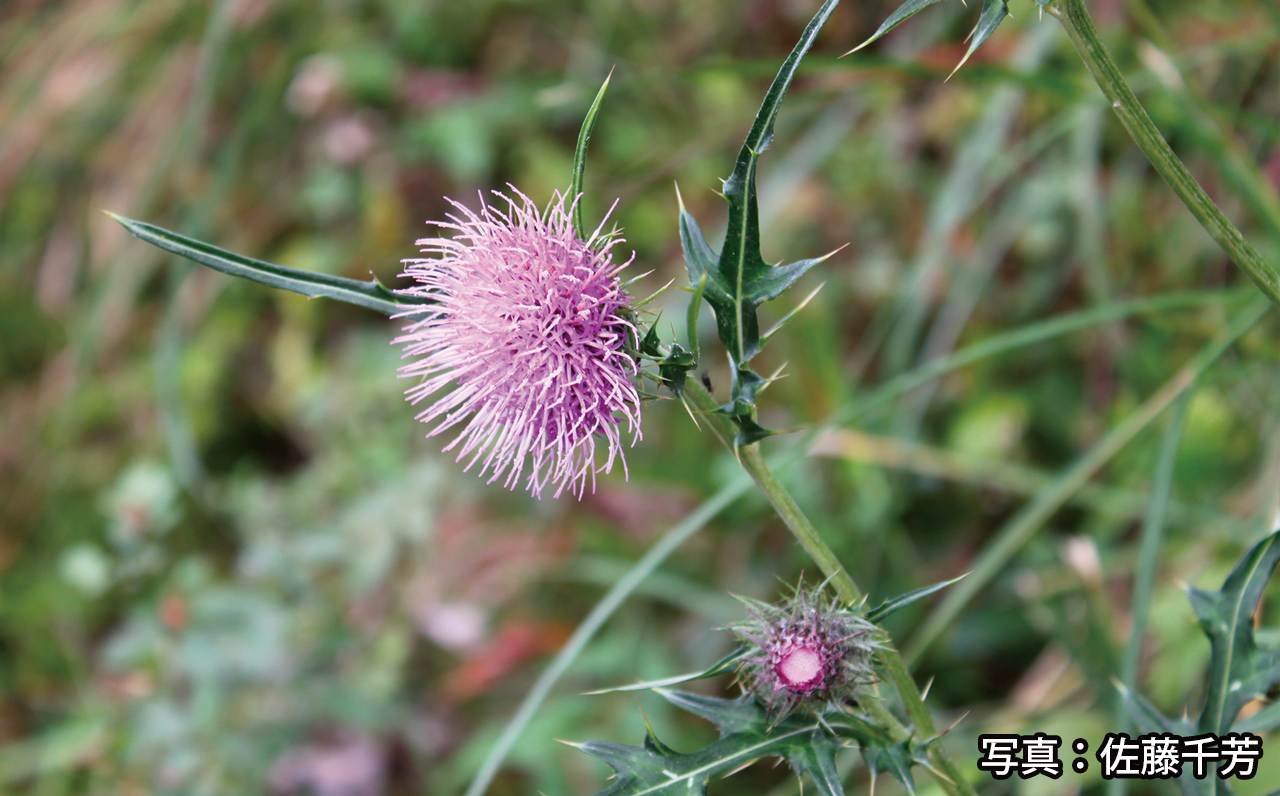
Red List Categories (Ranks)
|
Critically Endangered or Endangered CR+EN CR+EN ・IA Critically Endangered CR CR ・IB Endangered EN EN |
Species facing a risk of extinction Species facing an extremely high risk of extinction in the wild in the very near future Species facing a high risk of extinction in the wild in the near future, although not as high as IA |
| II Vulnerable VU VU | Species with an increasing risk of extinction |
| Near Threatened NT NT | Species for which risk of extinction is low at present, but which may move into the CR+EN category due to changes in habitat conditions |
| Data Deficient DD DD | Species for which there is inadequate information to make an assessment |
| Threatened Local Population LP LP | A locally isolated population with the high risk of extinction |
| Noteworthy Species AN AN | A species which does not necessarily belong at present in the CR+EN category, but which can easily move into the CR+EN category due to future changes or reductions in its basis of survival |
Endangered Species
|
Kumamoto Prefecture Endangered Species ★ National Endangered Species ★ |
Of wild species for which there is a risk of extinction, those that require special protection. As a rule, catching, collecting, killing, and moving of these species is prohibited |
*The Ministry of the Environment’s National Endangered Species are classified based on endangered species conservation laws
Plant Distribution at Aso
On Mt. Aso, richly varied plants suited to various environments are distributed around the Mt. Nakadake Crater. In the volcanic desert around the crater, we see colonies of Carex chrysolepsis and Japanese knotweed. The landscape changes the further one moves from the crater, from colonies of Kyushu azaleas to grasslands and then forests.
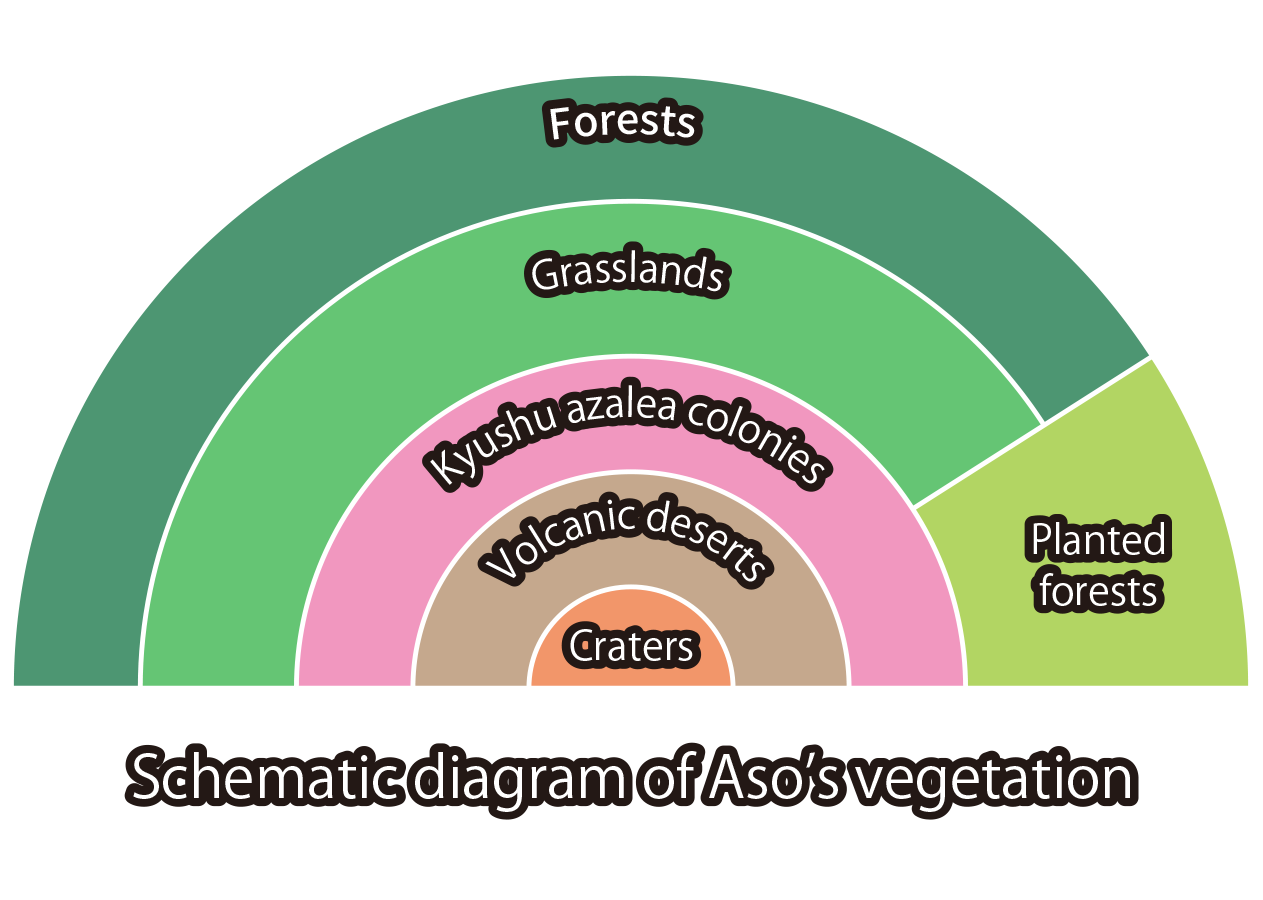
Tap to enlarge
Unique Features of Aso Plants
On the grasslands and marshes of Aso, there are many continental relict plant species common with the Chinese mainland—which was connected to Japan during the Ice Age—as well as northern plants distributed mainly in northern Japan. This mixture of plant species with different origins contributes to the diversity of plants in Aso.

Geranium soboliferum var. kiusianum
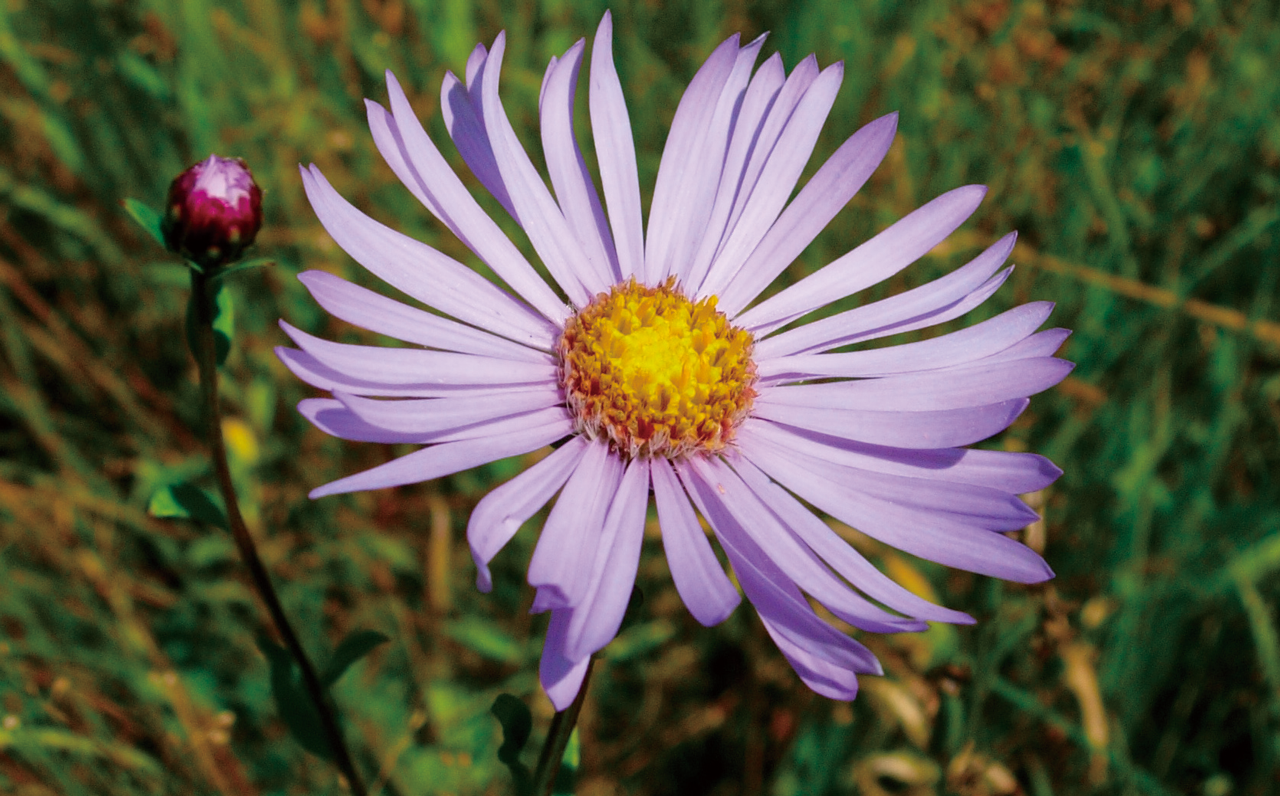
Aster maackii

